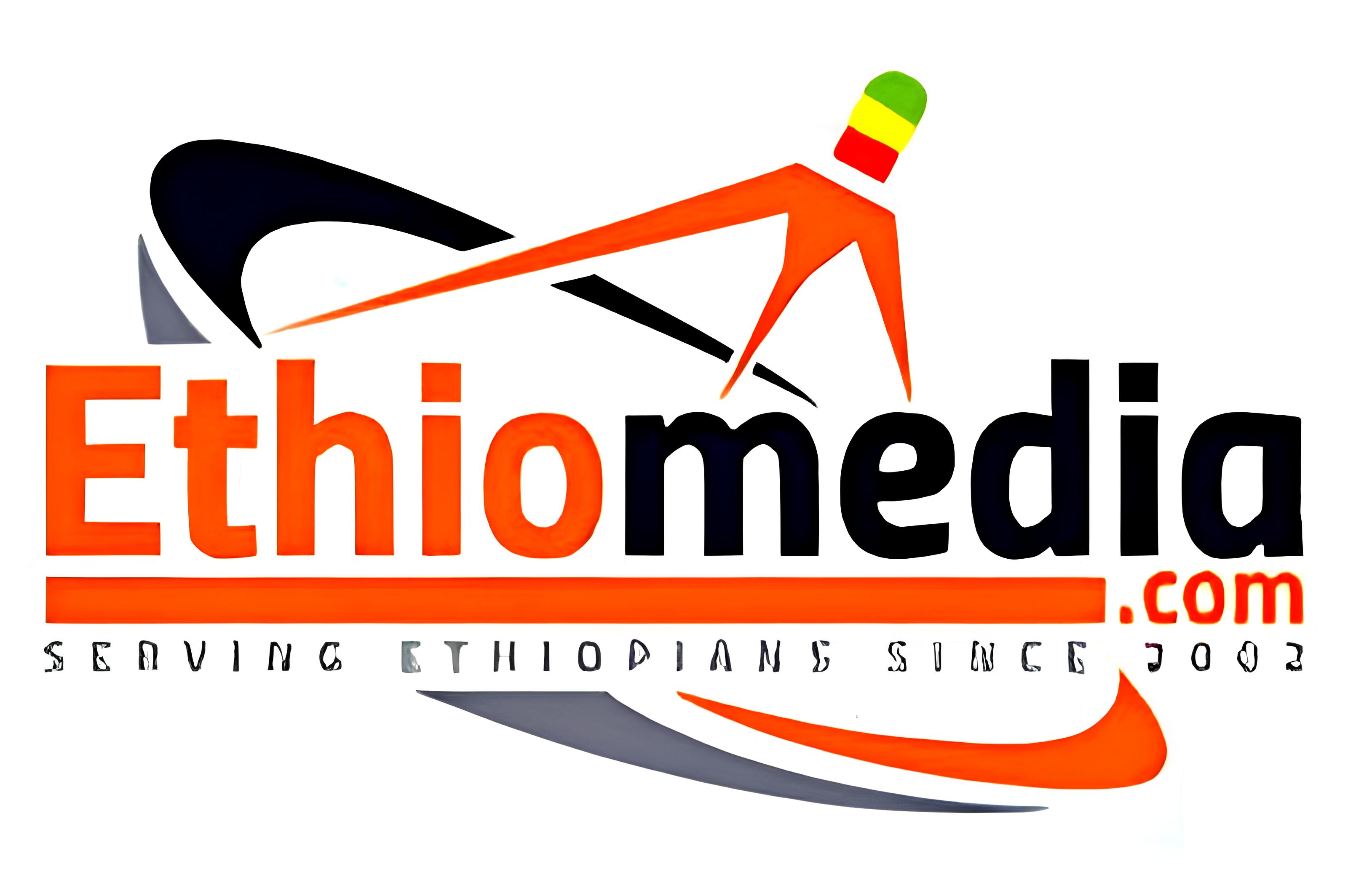Initiative Africa fumblesBy Yosef Yisak (March 30, 2005) The Woyane regime is making Although the EPRDF regime Considering the election Observers believe that the It is a known fact from As expected, the study shows Let us first evaluate the Has Meles reached the On the other side, who Let us also go over the Are they the farmers who How about the merchants and Are they the city dwellers Let us also not forget the Let us also remember the How about the people of How about the Afar who lost How about the Ethiopian army Are they the crying father The data and process the The firm also did not Among the other strategies All these desperate acts, After seeing the results of END
Dissecting the Surface Findings of By Dagmawie Abraham, USA The pre-election survey of Considering the fact that the work was conducted Among obvious errors observed are the sums of Why did corrected EPRDF support fell to 31% in Can the reported error that shows a better Another obvious error is the percentage in the
As we all know people in This fear factor is revealed If we ask the key question, Following the above
The IA group has also conducted The selection of the candidates
The most serious question Who gave authority to the IA What would be IA group response Does this action promote Does the selection also go Finally coming to the golden END NEWS MEDIA REPORTS Initiative Africa launches pre-election By Kaleyesuse Bekele Initiative At Kibour The Very First Pre-Election Survey Conducted Here
Addis ANALYSIS The first ever pre-election survey conducted by Initiative The main objective of the survey, according to Initiative The survey was conducted in 138 enumeration areas and the The survey examines a wide range of political attitudes Initiative Africa, however, warns against generalization of According to the Survey there seems to be a very high Political concern shows wide variations by gender, region, It is observed that significant variations in responses 38% of the total population said EPRDF is the only strong Those who had formal schooling are against the opinion of Analysts say that if the political parties come together
|
|||||||||||||||||||||||||||||||||||||||||||||||||||||||||||||||||||||||||||||||||||||||||||||||||||||||||||||||||||||||||||||||||||||||||||||||||||||||||||||||||||||||||||||||||||||||||||||||||||||||||||||||||||||||||||||||||||||||||||||||||||||||||||||||||||||||||||||||||||||||||||||||||||||||||||||||||||||||||||||||||||||||||||||||||||||||||||||||

